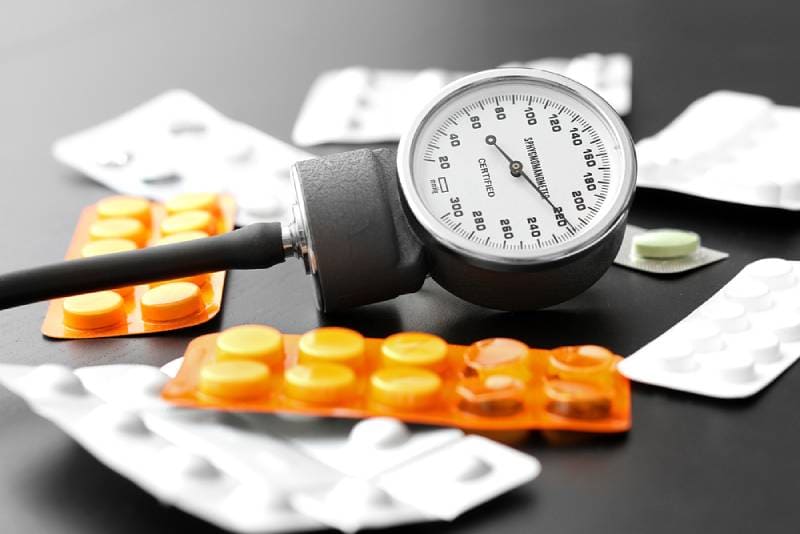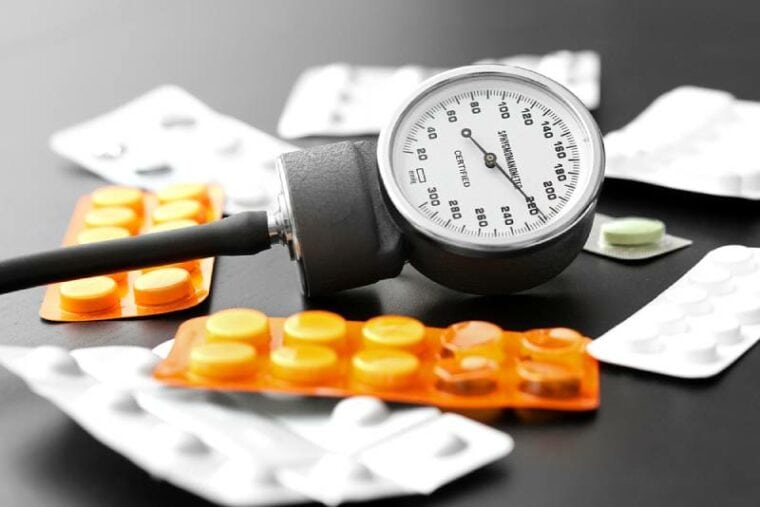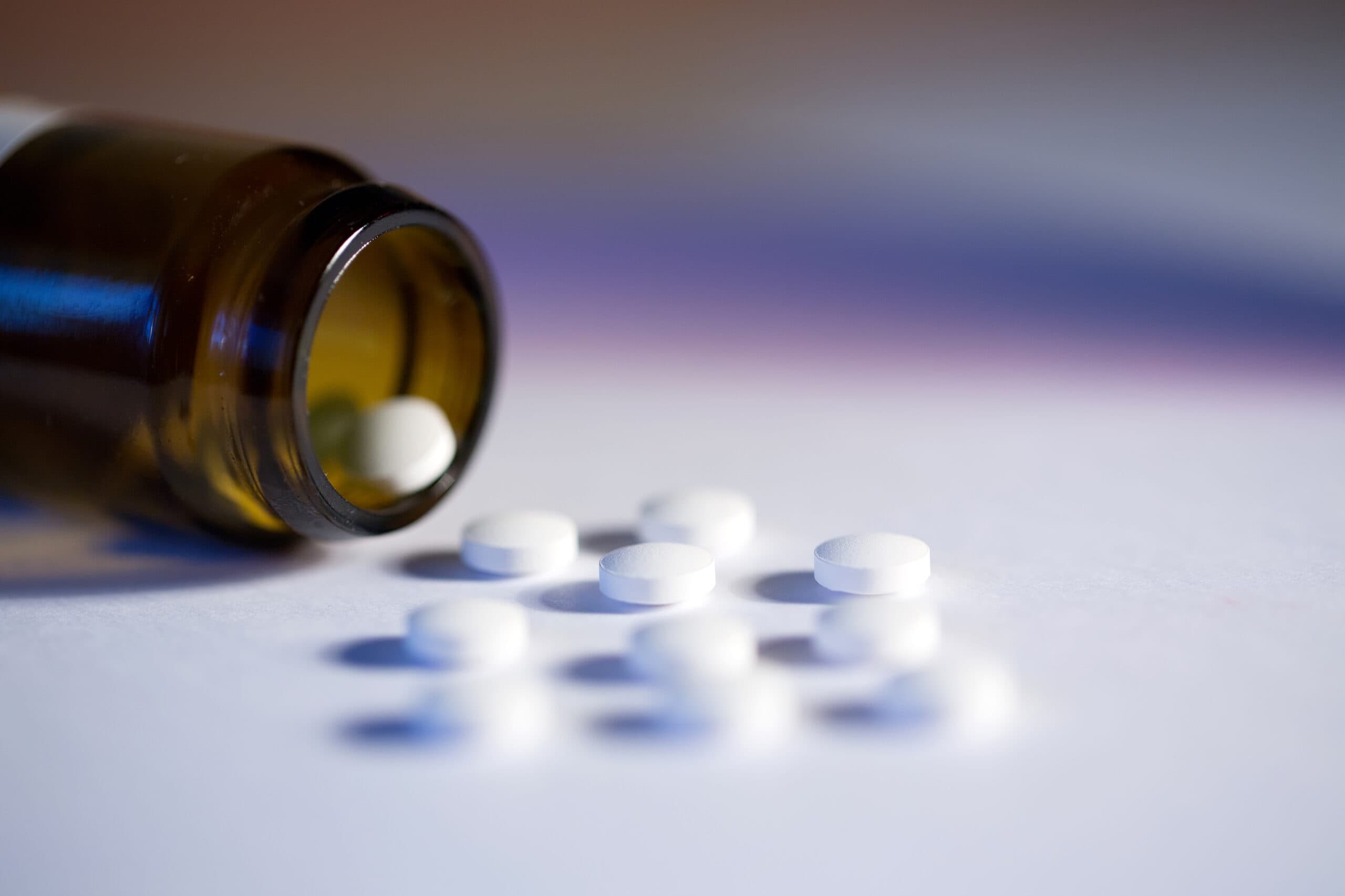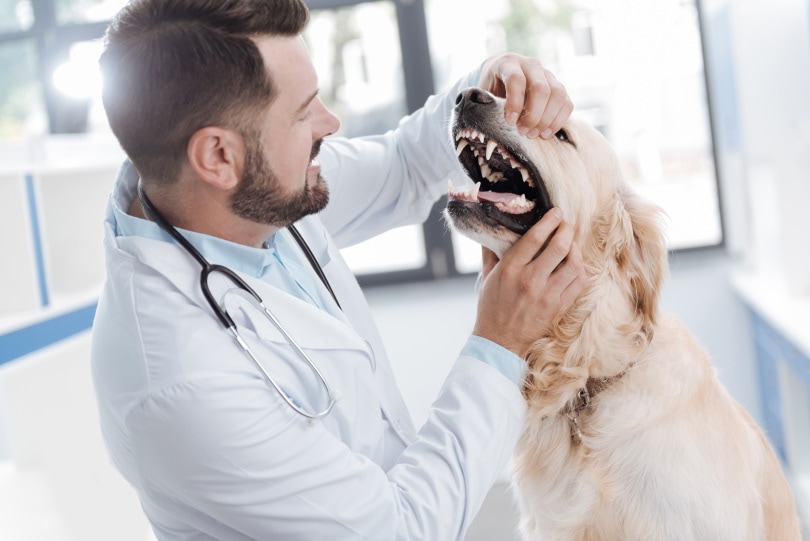- June 28, 2023
My Dog Ate My Blood Pressure Pill, Should I Be Worried? Our Vet Answers



The information is current and up-to-date in accordance with the latest veterinarian research.
Being worried does not help your dog. They know if you worry, and it stresses them out. If your dog eats your blood pressure medication, you want to be proactive and take steps to fix the situation. But stay calm for your dog.
The first thing to do is to call your vet or an emergency vet that is open and can advise you. Dogs can have life-threatening effects from eating human blood pressure medication, just like a human.
Consuming blood pressure medication when you’re not supposed to is not good for anyone, but how much impact it has depends on the amount ingested. Read on to learn more.

What to Do First
1. Check the Dose of the Medication
The dose of medication controls how much good it does and how much bad. Too little medication doesn’t do what it’s supposed to. Too much medication, even for someone who is supposed to have it, can be devastating.
But in anyone not supposed to be on blood pressure medication, even small doses can cause the blood pressure to drop dangerously low—that is what the medication is designed to do.

2. Note the Size of Dog
In addition, small dogs can tolerate less medication than big dogs. Unlike many human medications, dog medication is prescribed on the weight of the dog. Bigger dogs can tolerate more.
3. Amount of Medication
However, it can be confusing because the size of the pill does not dictate how much medication is inside. So, a large pill can contain less medication than a small pill.
The amount of medication in a pill is usually described by milligrams on the packaging. So, it is important to keep the packaging because it will tell you exactly what the dog ate.


What Will the Vet Do?
If you get your dog to the vet in time, the vet may force your dog to vomit up the medication. This usually has to be done within about two hours of ingesting the medication.
If the medication has already been absorbed from the stomach, or even if there is the risk that some of it was absorbed, the dog will likely have to stay at the hospital for monitoring and cardiovascular support medicine. This often includes, at a minimum, IV fluid therapy.
The vet may also try to feed the dog activated charcoal to inactivate and flush the medication out of the GI tract.

Keeping Medication Safe
Trusting the packaging that the medication comes in is usually not enough. Those bottles may be child-proof, but they are usually not crunch-proof. Many dogs can chew right through them.
My rule for keeping medication safe is to have at least two physical barriers. This means that the dog has to get through two barriers in order to get to the thing they should not have.
These barriers need to be physical and not mental. So, for example, height can be an effective barrier. But, if a dog can jump up on the counter, even if they have been trained to never do it, that is not good enough. The medication needs to be high enough that they cannot physically reach it, even if they are possessed by a demon and decide to jump up. Height needs to be a physical barrier, not a mental one.
Cupboards and drawers can be good barriers as long as your dog does not know how to or can’t open them—some dogs can.
Ideally, medication would be kept in a situation with two or three physical barriers like this:
- High enough the dog cannot jump up it
- In a cupboard or drawer
- In a package that the dog cannot open

Conclusion
Creating systems that prevent your dog from getting into human medications is the first step to preventing intoxication. However, things happen. So, take a deep breath if your dog gets into your medication and act quickly but calmly.
Featured Image Credit: ronstik, Shutterstock
Tags
What do you think?
Related Articles

New Puppy Checklist: Gear You’ll Need for Your New Dog
Getting a new puppy is really exciting, but before you welcome them home, it’s important to prepare your space for them. Since puppies need a

How Big Do Mini Poodles Get? Vet Reviewed Average Weight & Growth Chart – Dogster
The information is current and up-to-date in accordance with the latest veterinarian research. Learn more » When you buy a Miniature Poodle, you might not

Can Police Dogs Smell Nicotine? Vet Verified Facts & Info – Dogster
The information is current and up-to-date in accordance with the latest veterinarian research. Learn more » While cigarette sales have been declining steadily for decades,

How Old Is 5 in Dog Years? Vet-Approved Guide to Each Size of Dog – Dogster
The information is current and up-to-date in accordance with the latest veterinarian research. Learn more » A common method for calculating a dog’s age is

